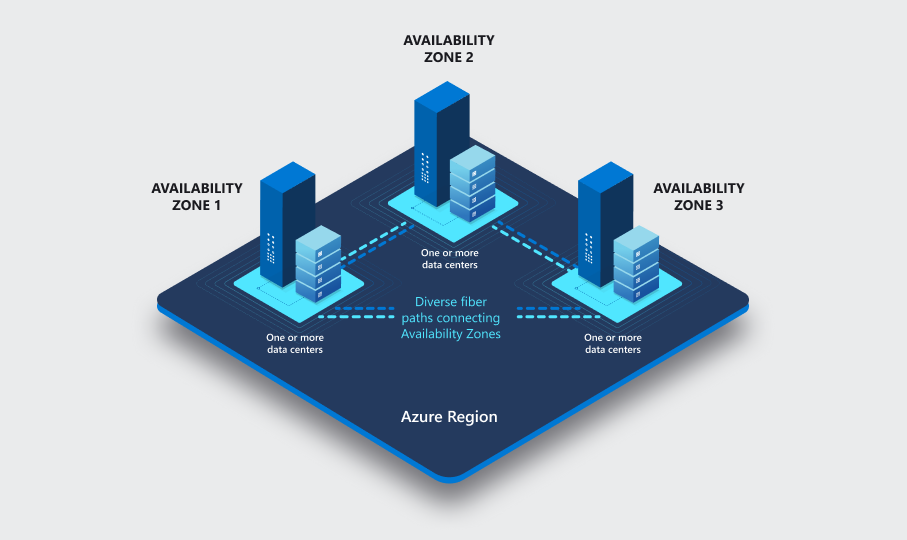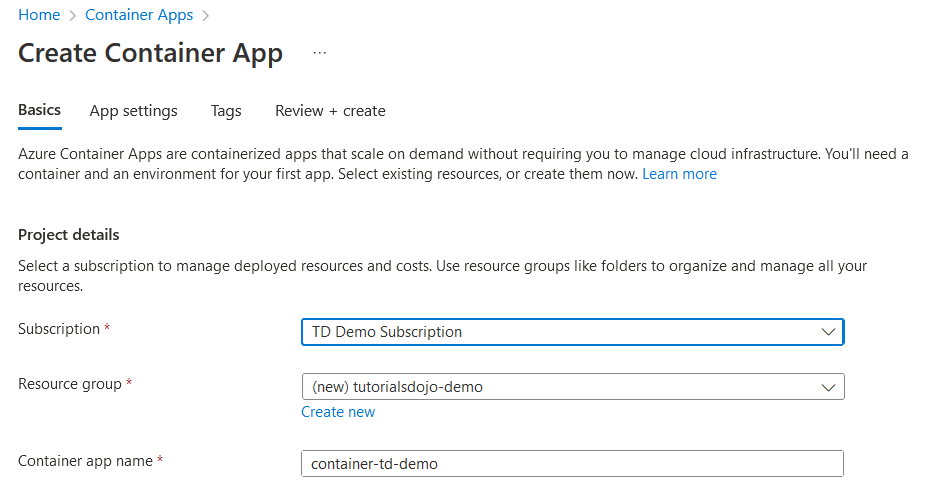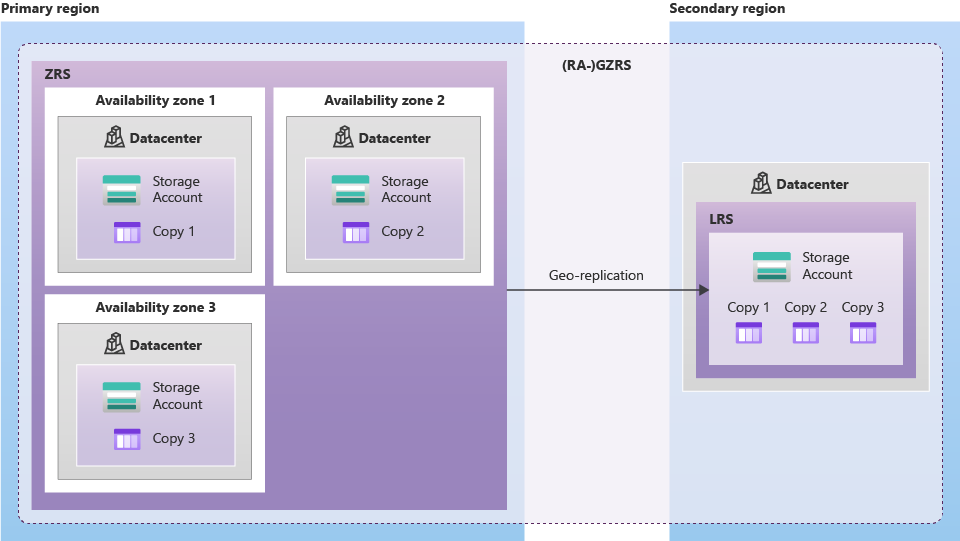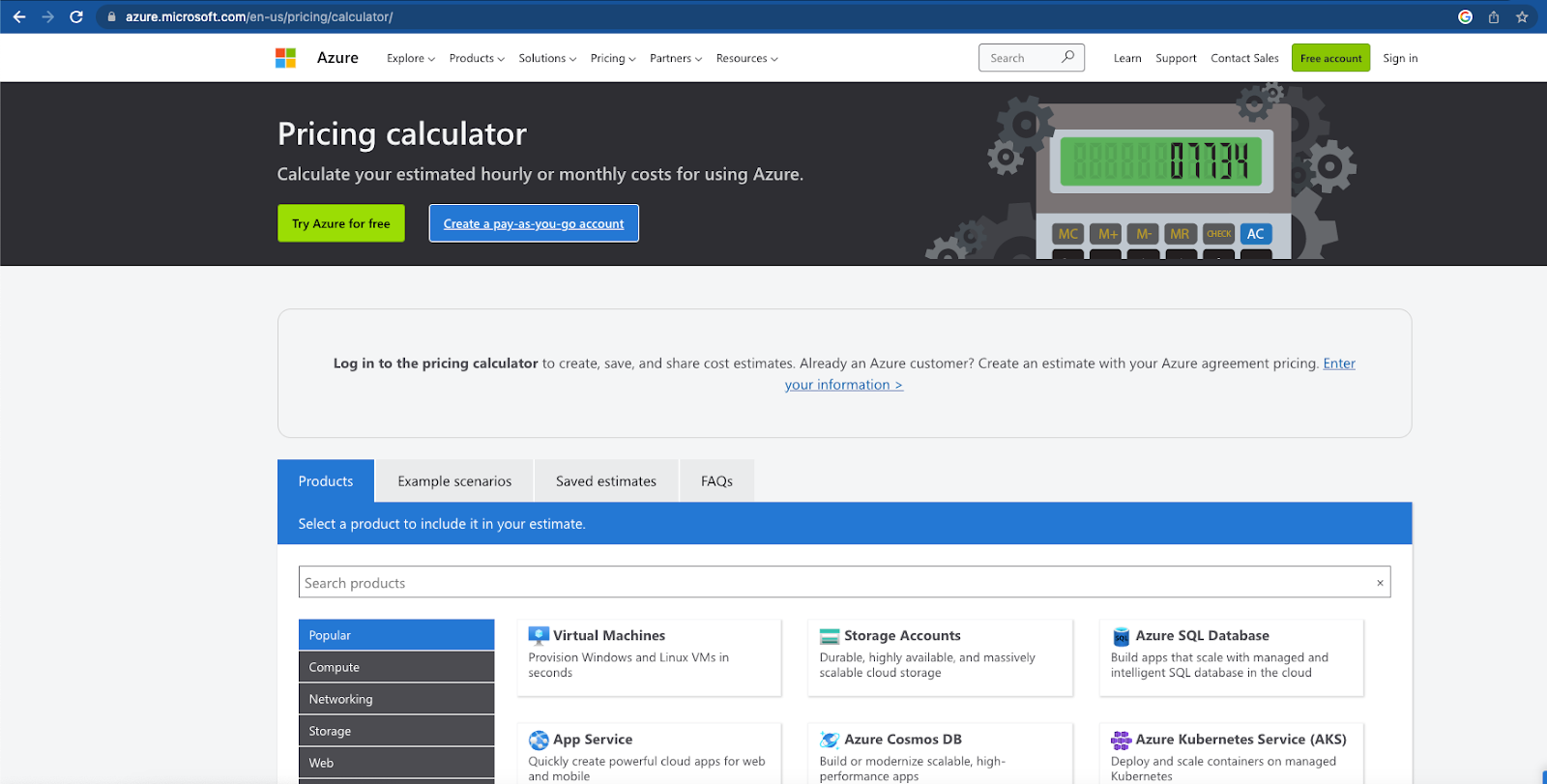Configuring Azure Object Replication
Matt Hidalgo2023-05-12T11:07:29+00:00Data replication is crucial for organizations focused on maintaining uninterrupted business operations, strengthening data safety, and enhancing application efficiency. Organizations can avert data loss, lessen downtime, and ensure continuous access to essential information by producing and overseeing multiple data duplicates across a range of systems and sites. In today's breakneck speed and interconnected world, data replication is vital for complying with regulatory standards and offering an outstanding user experience. It is a core aspect of an organization's data management strategy, promoting business resilience and encouraging expansion in a competitive arena. Understanding Object Replication Azure Storage Account Object Replication is a [...]











